Gallery
Photos from events, contest for the best costume, videos from master classes.
 | 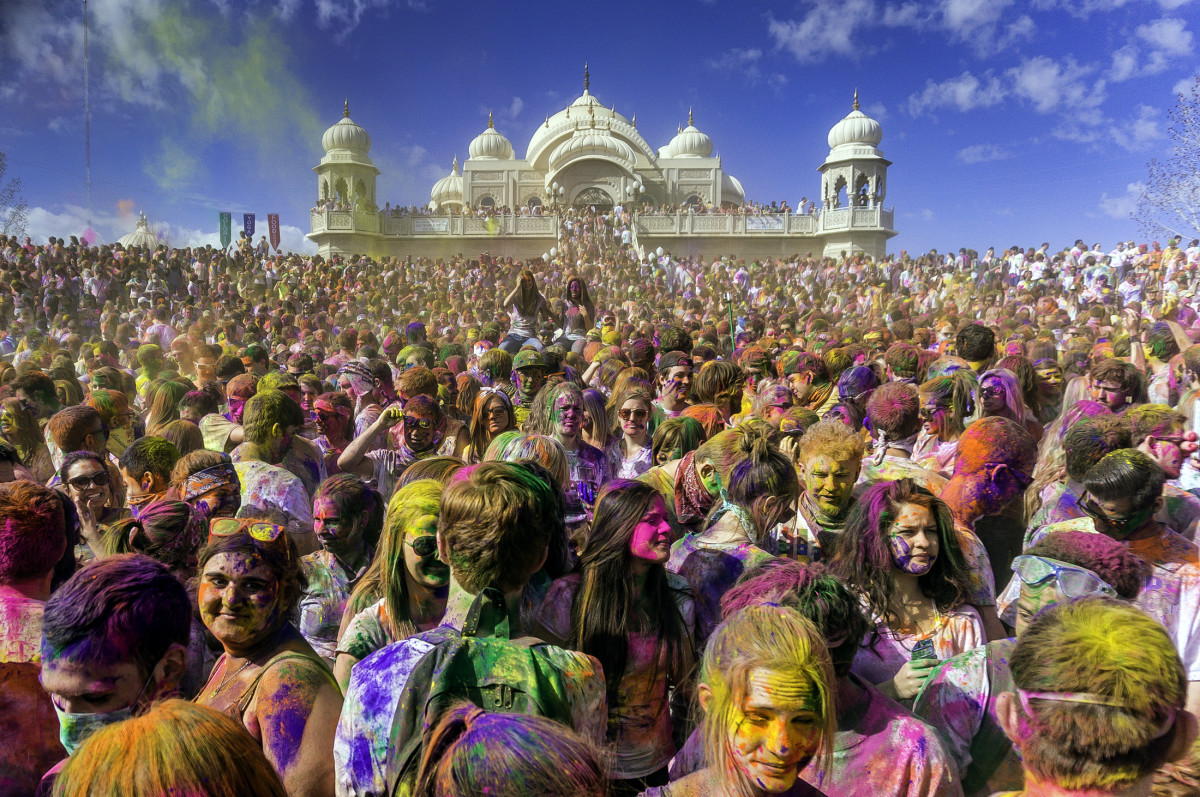 |
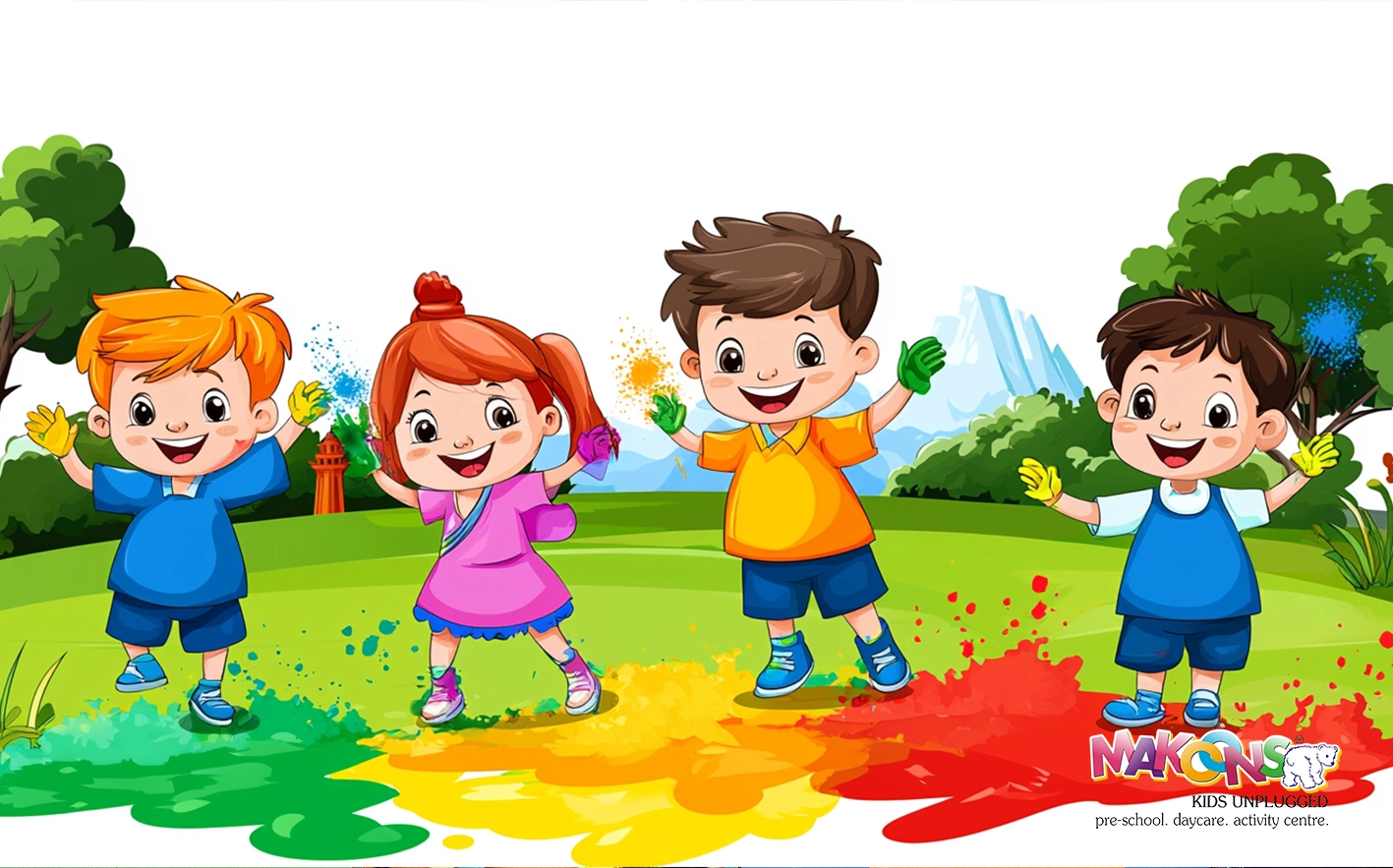 | 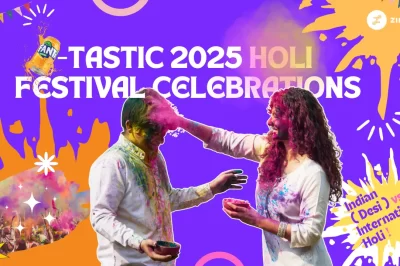 |
 | |
 | 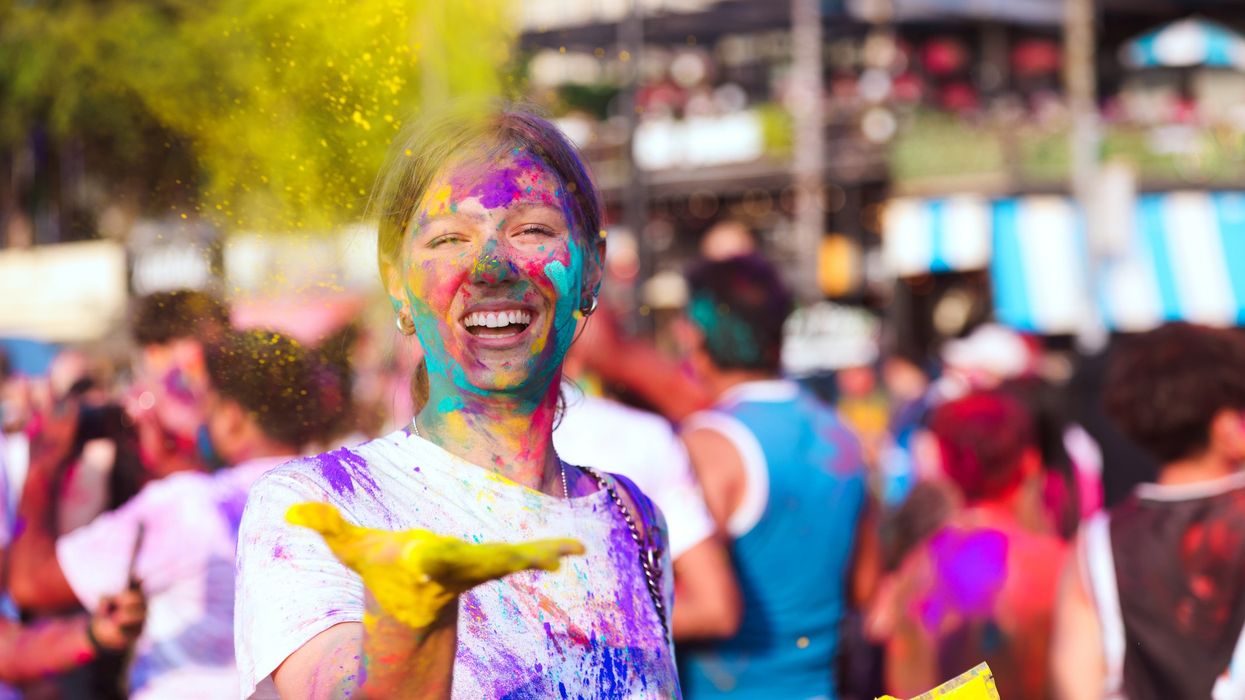 |
 |  |
 | 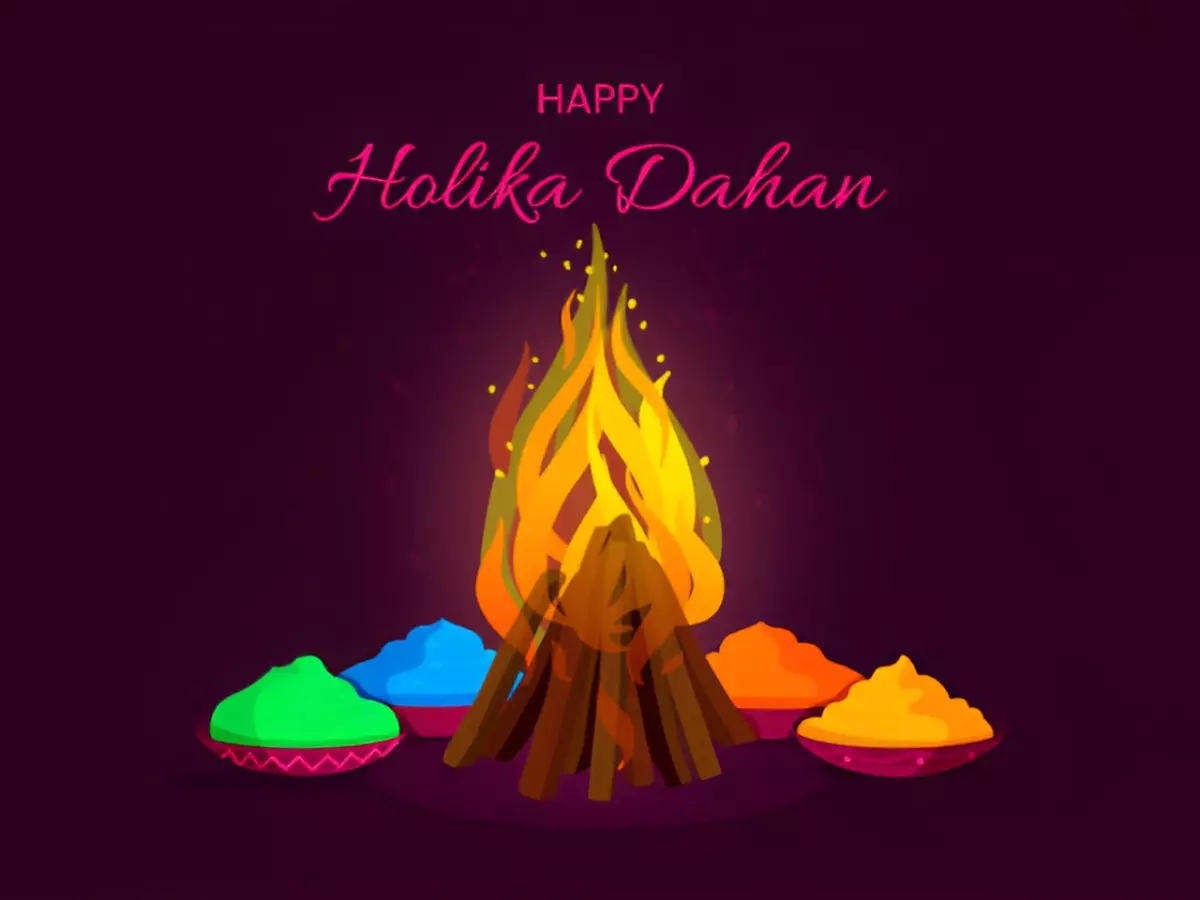 |
Holi, the festival of colours, will take place on March 14, this one of India’s most vibrant and joyous celebrations, marking the arrival of spring, renewal, and the triumph of good over evil. Every spring, people across India and around the world celebrate the Hindu festival Holi, throwing colored water and powders on one another in joyous celebration. On this one day—the full-moon day of the Hindu month of Phalguna—societal rankings such as caste, gender, age, and status are eschewed in the spirit of making merry together, and Holi is a sacred ancient tradition of Hindus, a holiday in many states of India with regional holidays in other countries. It is a cultural celebration that gives Hindus and non-Hindus alike an opportunity to have fun banter with other people by throwing coloured H2O and powder at each other. It is also observed broadly on the Indian subcontinent. Holi, dating back to the 4th century, stands alongside Diwali, the festival of lights, as one of the most prominent Hindu celebrations and is famous for the playful tossing of colored Holi is an ancient festival of India and was originally known as 'Holika'. The festivals finds a detailed description in early religious works such as Jaimini's Purvamimamsa-Sutras and Kathaka-Grhya-Sutras. Holi, Hindu spring festival celebrated in India and Nepal on the full-moon day of Phalguna (February–March). Participants throw colored water and colored powders on one another, and license is given to deviate from the usual societal norms and rankings of caste, gender, status, and age. History of Holi: The Story Behind the Festival. The origins of Holi date back to ancient Hindu mythology. The most popular story associated with Holi is that of Holika and Prahlad. The Legend of Prahlad and Holika. The story is rooted in the Bhagavata Purana and revolves around a demon king named Hiranyakashipu, who ruled with cruelty and tyranny. Holi in India, a festival of colors, celebrates spring with powder. It symbolizes righteousness, featuring stories of Krishna, Radha, and Lord Shiva. The event represents unity, fertility rituals Holi, the festival of colours, is one of the most vibrant and joyous celebrations in India. Marking the arrival of spring, this festival symbolises the triumph of good over evil, unity, and the Originating in India, this vibrant celebration heralds the arrival of spring on the full moon day of March. Dubbed the “ Festival of Colors,” Holi captivates hearts worldwide with its kaleidoscope of colorful powders and playful water splashes. Holi 2025 Date and Muhurat. Holi is celebrated on Purnima (full moon day) in the Hindu month of Phalguna, which typically falls in March. In 2025, the festival will be observed as follows: Holika Dahan (Chhoti Holi): March 13, 2025. Rangwali Holi (Color Celebration): March 14, 2025. Holika Dahan Muhurat Holi is a two-day Hindu festival celebrated with great enthusiasm across India and many parts of the world. While the history about Holi is unclear, the festival involves various rituals, traditions, and cultural practices that vary from region to region. Below is a detailed explanation of how Holi is celebrated and the significance of its rituals. The history of Holi is closely associated with Lord Krishna. According to ancient legends, the festival of Rangwali Holi began with Lord Krishna and Radha Rani. It is said that Lord Krishna, along with his friends, was the first to play with colours by applying them on Radha Rani and her companions 1. May your life be as colourful and joyful as the hues of Holi. Wishing you and your family a happy and vibrant Holi! 2. Let the colours of Holi spread the message of peace and happiness in your life. Have a wonderful Holi filled with love and laughter! 3. May the festival of Holi bring countless moments of fun and laughter. Students watch the video again and decide whether statements about Holi’s history and traditions are true or false. After that, students discuss key questions related to Holi, including the festival’s origins and significance, how Holi compares to festivals in their own culture, whether they would like to experience Holi firsthand The Festival of Colour. To this day, on the eve of Holi, bonfires are lit across India in a ritual called Holika Dahan, symbolizing the triumph of good over evil, devotion over tyranny, and perhaps, a reminder that no power—divine or human—can hold absolute sway forever. Here, the centuries old Yaosang Festival of Manipur amalgated with Holi with the introduction of Vaishnavism in the eighteenth century. The highlight of the festival here is a special Manipuri dance, called ‘Thabal Chongba’. Well, there are many-many more ways in which Holi is celebrated. #Holi_2021 The Festival of Colours For Kids ! Happy Holi with tags holi, holika, holi bonfire, why do we clebrate holi, indian festivals, festival of colors, prahalad, lord vishnu, hiranyakashyap, brahma (deity), history of holi, mocomi videos, fun learning, education for kids, school, parents, holi story, story of holi, mythology, mythology stories, indian mythology, holi celebration The meaning of Holi today holds nuance. So, whether you personally observe Holi or are planning to celebrate it with a friend, here’s what to know about its meaning and history, what the colors WEll, the festival of colors, Holi is truly a festival that brings people together in joy, color, and spirit. Happy Holi to all. Recent Searches; Trending News; Air Quality :
Articles and news, personal stories, interviews with experts.
Photos from events, contest for the best costume, videos from master classes.
 |  |
 |  |
 | |
 |  |
 |  |
 |  |